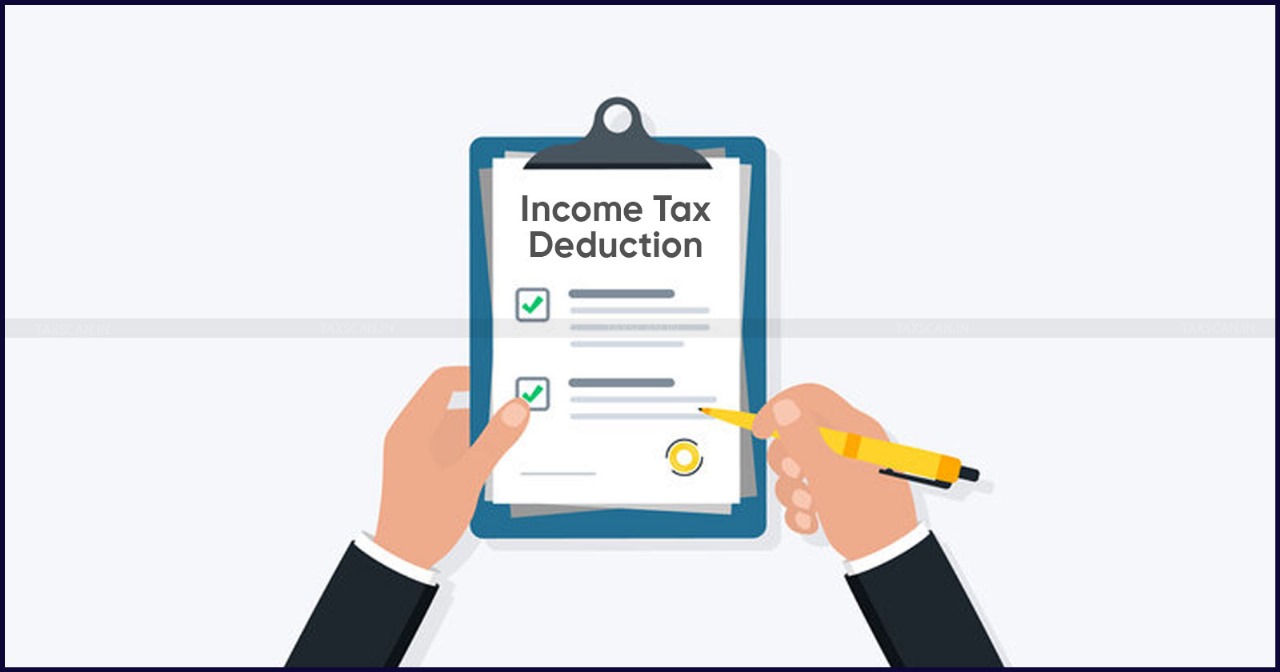Can You Claim Income Tax Deduction on Donations to War Relief? Here's What You Must Know
Donations to war relief funds can help support the nation and also qualify for income tax deductions under Section 80G if you meet the right conditions

When tensions rise between India and Pakistan, many people feel the urge to support the soldiers and families affected by the conflict. Donating to war relief funds is one powerful way to help, but did you know it can also reduce your income tax? Here’s what you need to know if you’re thinking about donating and saving on taxes.
Background and Legal Framework
Section 80G of the Income Tax Act, 1961, was introduced to promote charitable giving by allowing taxpayers to claim deductions on qualifying donations. It applies to a wide range of organizations, including those involved in national defense and emergency relief. But Section 80G deduction is only available under the old tax regime. Since the introduction of the new regime under Section 115BAC in FY 2020-21, those opting for lower tax rates must forego most exemptions and deductions, including 80G of the Income Tax Act.
Read More: [Breaking] Delhi HC Flags Pattern of Misusing Writs to Escape GST Fraud Penalties, Slaps ₹1 Lakh Cost[Read Order]
Eligibility Criteria for War Relief Donations
Donations made towards war relief may qualify for income tax deductions, but eligibility depends on two key factors:
- The nature of the donation recipient, and
- Whether the institution is approved under Section 80G.
Your ultimate guide for mastering TDS provisions - Click here
Government-Approved Funds (100% Deduction, No Limit)
The following funds are eligible for 100% deduction without any qualifying limit, making them the most favorable options for war-related contributions:
- National Defence Fund – For support of armed forces operations and emergency defense-related needs.
- Prime Minister’s National Relief Fund (PMNRF) – Often deployed for emergency disaster relief, including assistance to war-affected civilians.
- Armed Forces Welfare Funds – Including the Army Central Welfare Fund, Indian Naval Benevolent Fund, and Air Force Central Welfare Fund.
Read More: GST Dues of Deceased Not Recoverable from Legal Heir Without Evidence of Business Continuation: Jharkhand HC [Read Order]
Charitable Institutions Involved in War Relief
If the donation is made to a registered charitable institution actively involved in war relief efforts (providing aid, shelter, or medical care), deductions can be claimed at:
- 100% deduction, subject to 10% of adjusted gross total income, or
- 50% deduction, also subject to the 10% limit, depending on the type of institution and its registration status.
Adjusted Gross Total Income: Key for Limits
Adjusted gross total income is calculated after reducing:
- Deductions under Sections 80C to 80U (excluding 80G),
- Exempt incomes under Section 10,
- Long-term capital gains,
- Short-term capital gains under Section 111A, and
- Certain incomes under special tax provisions (Sections 115A, 115AB, etc.).
Your ultimate guide for mastering TDS provisions - Click here
Categories of Donations and Benefits
| Category | Deduction Rate | Limit | Examples |
| 100% without a qualifying limit | 100% | No limit | National Defence Fund, PMNRF, Armed Forces Funds |
| 50% without a qualifying limit | 50% | No limit | PM’s Drought Relief Fund (not war-specific) |
| 100% with the qualifying limit | 100% | Up to 10% of adjusted income | Family planning institutions |
| 50% with a qualifying limit | 50% | Up to 10% of adjusted income | Some registered war relief charities |
Read More: Mere Non-Appearance of Directors Cannot Justify Additions When Documentary Compliance is Complete: ITAT [Read Order]
Conditions to Claim the Deduction
To ensure a valid and smooth claim under Section 80G:
- Mode of Payment: Donations above Rs. 2,000 must be made through non-cash methods (cheque, bank transfer, UPI, etc.).
- Receipt Requirement: Keep an official donation receipt that includes:
- Name and address of the recipient institution,
- PAN number of the organization,
- Donation amount,
- Donor’s name,
- Valid 80G registration number and period.
- Additional Forms: For 100% deductions under specified categories, Form 58A may be required.
- Tax Regime Choice: The taxpayer must opt for the old tax regime to claim 80G deductions. The new tax regime does not permit such claims.
Read More: Gifting Money to NRI Children? Why the RBI’s 180-Day Rule Is a Hidden Hurdle
How to Claim the Deduction
- Declare the Donation in Your ITR: Report the donation in the ‘80G’ section of your income tax return form (e.g., ITR-1 or ITR-2).
- Attach Documentation: Upload or retain the donation receipt and Form 58A, if applicable.
- Verify Eligibility: Ensure the donee is a registered 80G entity by checking the Income Tax Department’s portal or verifying the registration number on the receipt.
- Filing Deadline: File your return within the due date for the deduction to be allowed in the relevant assessment year.
Practical Tips and Considerations
Your ultimate guide for mastering TDS provisions - Click here
- Check for 80G Registration: Always donate to institutions with valid 80G status. The Income Tax Department regularly updates the list of eligible entities. To check if a trust is registered, just visit the Income Tax Department’s website at www.incometaxindia.gov.in and search for the trust or organization.
- Retain Records for Future Reference: The tax department may ask for documentary proof later, so preserving digital and physical records is advisable.
- Seek Expert Advice: When in doubt, consult a tax advisor, especially for large donations or where the recipient's eligibility is unclear.
- Monitor Policy Changes: As of now, there are no huge changes to Section 80G, but this could evolve in future finance bills or circulars.
Example Scenario
Suppose Ms. Priya donates Rs. 50,000 to the National Defence Fund during FY 2024-25. Because this fund qualifies for 100% deduction without any limit, and assuming she opts for the old tax regime, she can claim the entire Rs. 50,000 as a deduction under Section 80G of the Income Tax Act
In another case, if Ms. Iyer donates Rs. 1,00,000 to a registered war relief NGO, which qualifies for a 50% deduction capped at 10% of adjusted gross total income, and her adjusted gross total income is Rs. 8,00,000, then the maximum deduction allowed would be Rs. 40,000 (50% of Rs. 80,000, which is 10% of adjusted income).
Conclusion
Donating to war relief is a powerful way to stand with our soldiers and support those affected by conflict. At the same time, the government encourages this spirit of giving by offering tax benefits under Section 80G. But to make sure you actually get these benefits, it's important to donate to the right organizations, keep proper records, and choose the old tax regime when filing your returns.
Support our journalism by subscribing to Taxscan premium. Follow us on Telegram for quick updates


